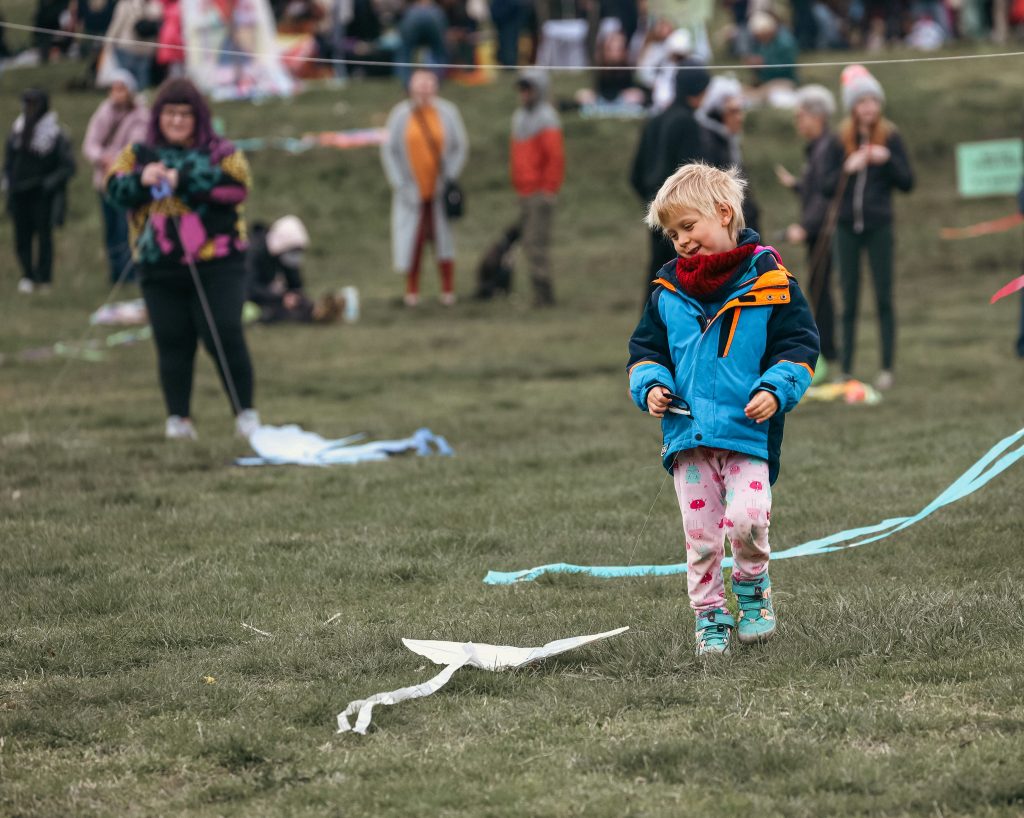Not every transformation starts with a park. Sometimes, it begins in the empty lot behind a school. A wide, unused sidewalk. The space beneath a flyover. These are the “in-between” spaces — often overlooked, sometimes avoided, and rarely claimed.
But when a community sees potential where others see emptiness, something powerful can happen.
Seeing Potential in the Everyday
In Surabaya, a local youth group turned a dead-end alley into a pocket library. They built bookshelves out of crates, painted the walls with art from local students, and invited kids to come read every Saturday. What was once a pass-through became a gathering spot.
In West Jakarta, a cracked concrete patch under an overpass became a temporary skate spot and mural site — led by a group of teens, supported by just a few neighbors who believed in the idea. With music, movement, and color, the space reintroduced itself to the neighborhood.
These are just two stories. There are countless more.
What Makes These Projects Work?
It’s not scale. It’s not funding.
It’s people — who know their streets, understand their rhythms, and are willing to experiment.
Successful reclamation happens when communities are empowered to try, to test, and to iterate. It’s a process of learning in public — not waiting for permission.
Three Things to Remember
- Keep It Flexible. The best spaces can shift with needs — a reading spot one day, a performance space the next.
- Start Small. Big change often begins with paint, a broom, or a foldable table.
- Make It Visible. A space changes when people see it differently — use color, signs, or movement to reintroduce it.

